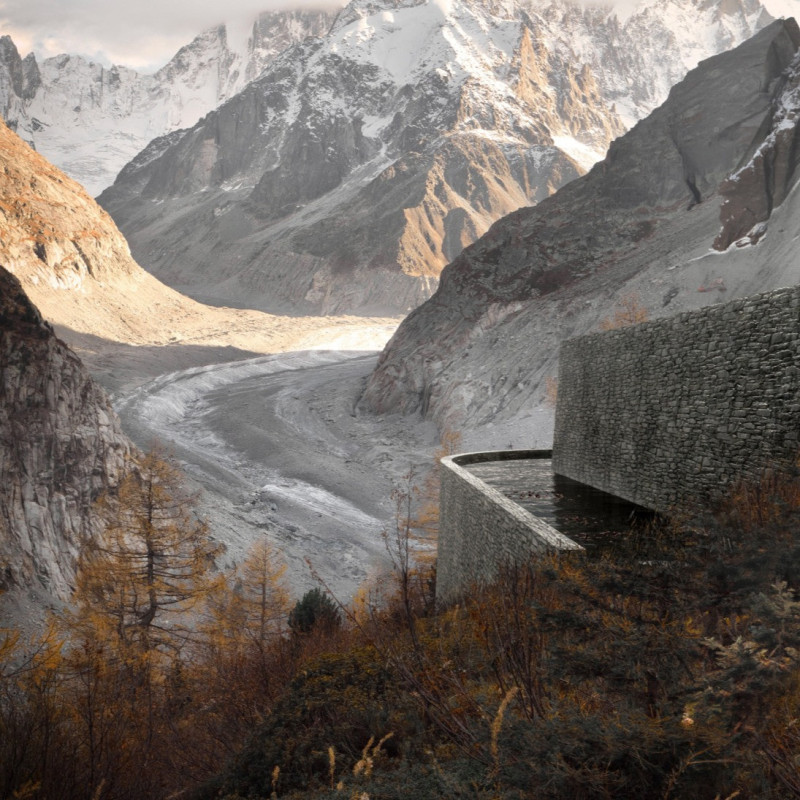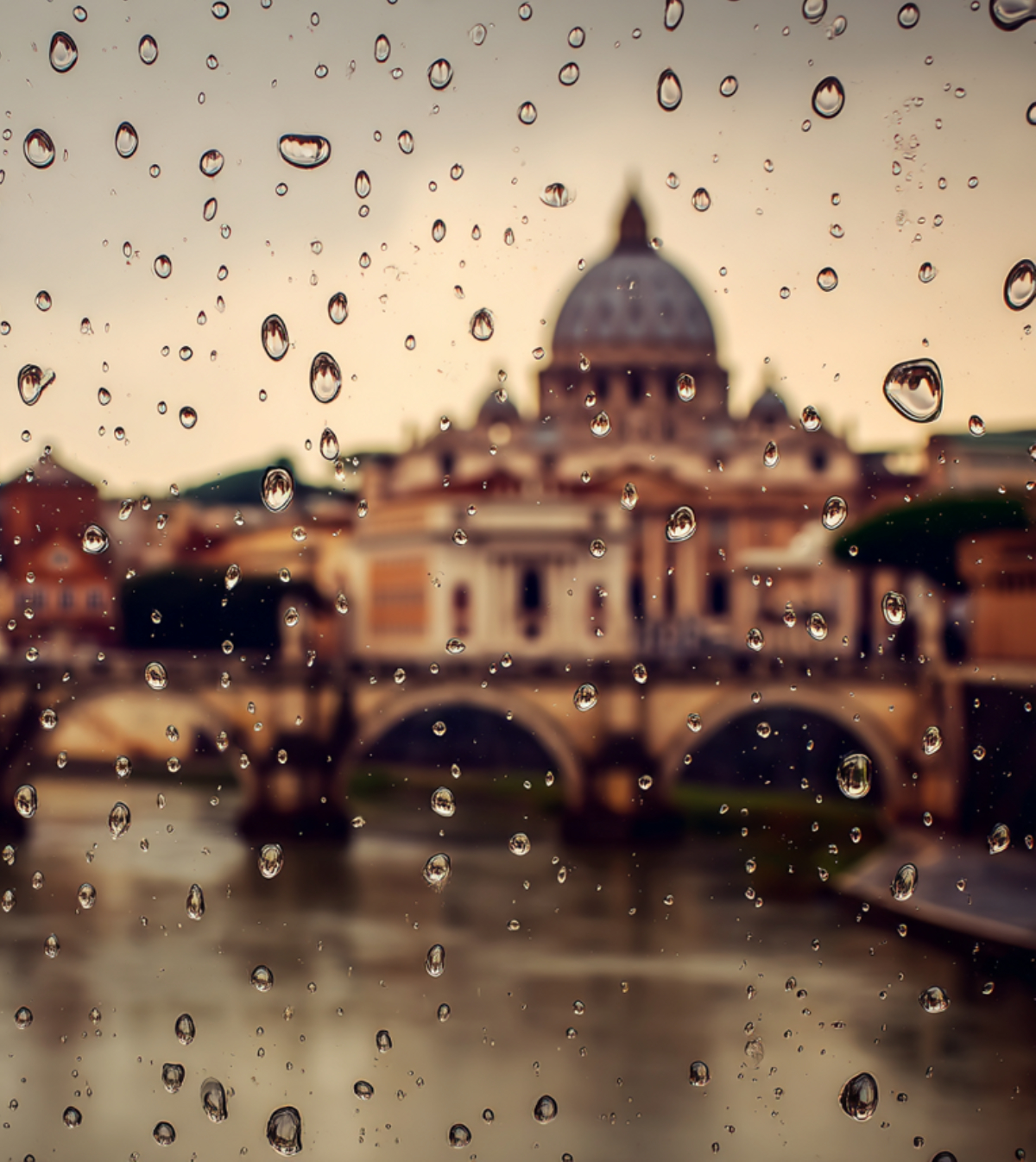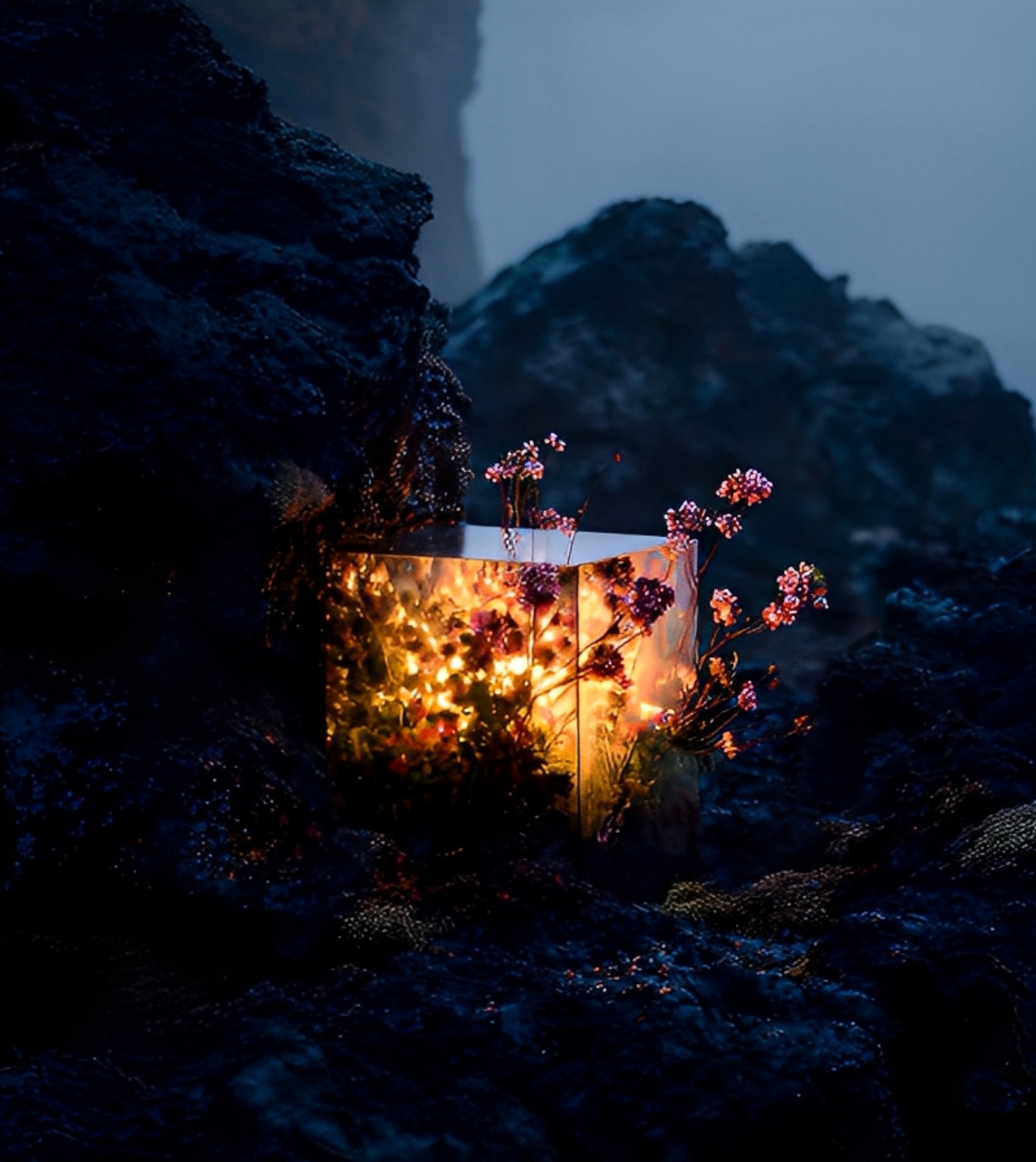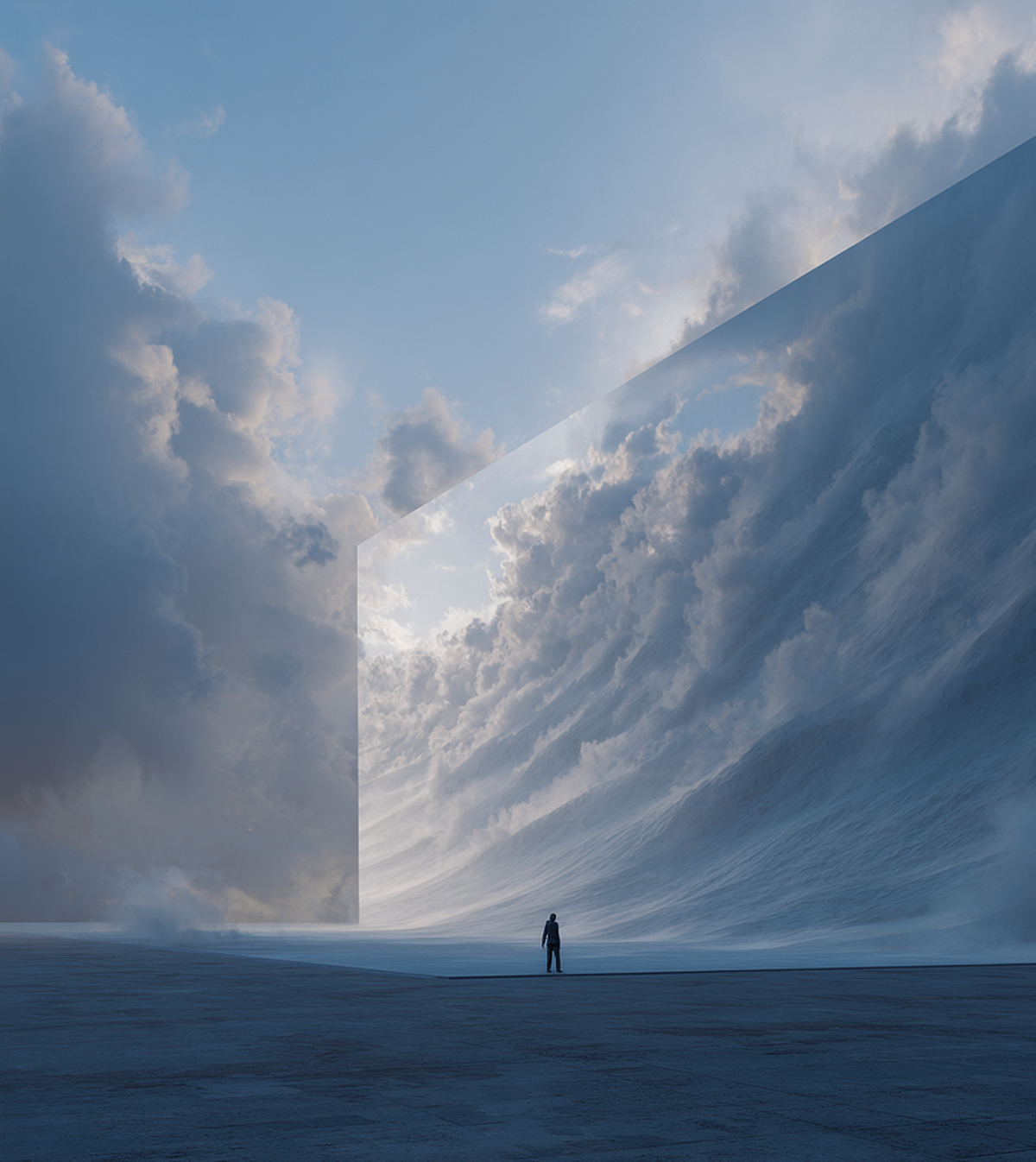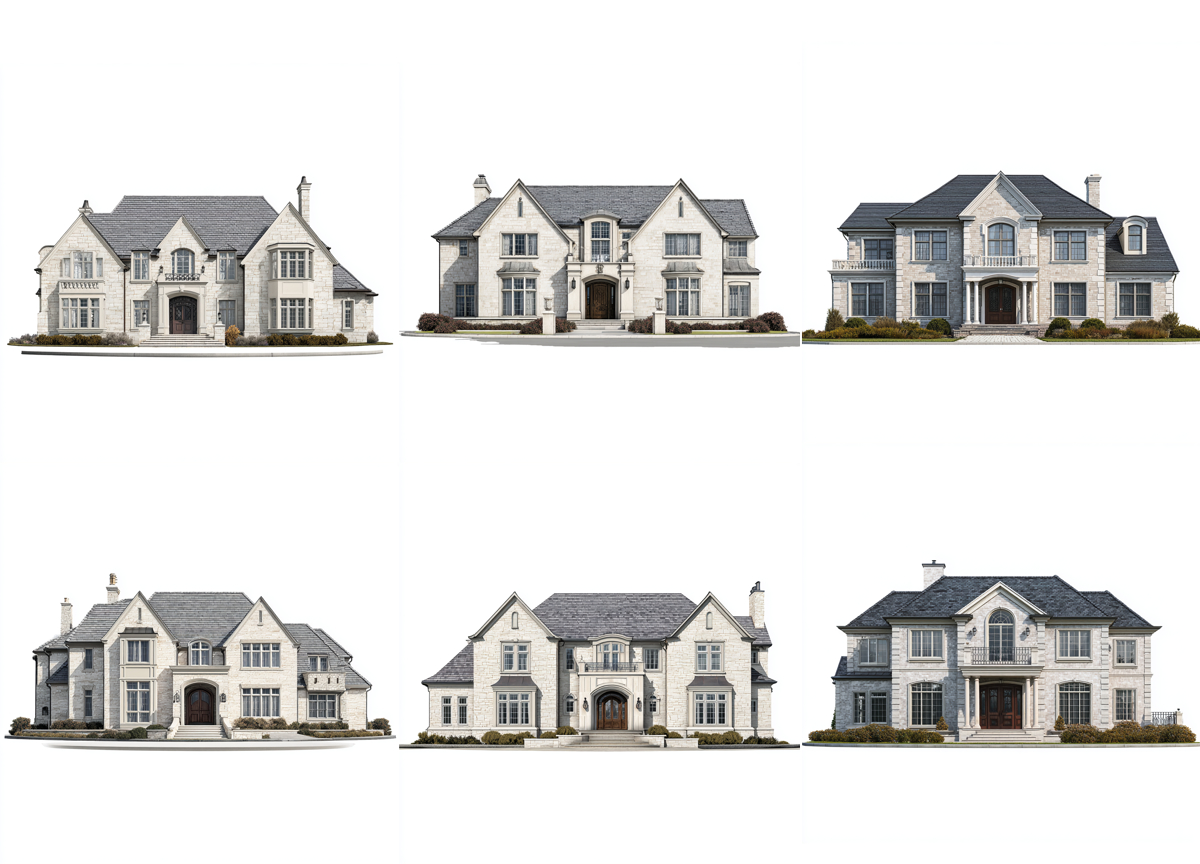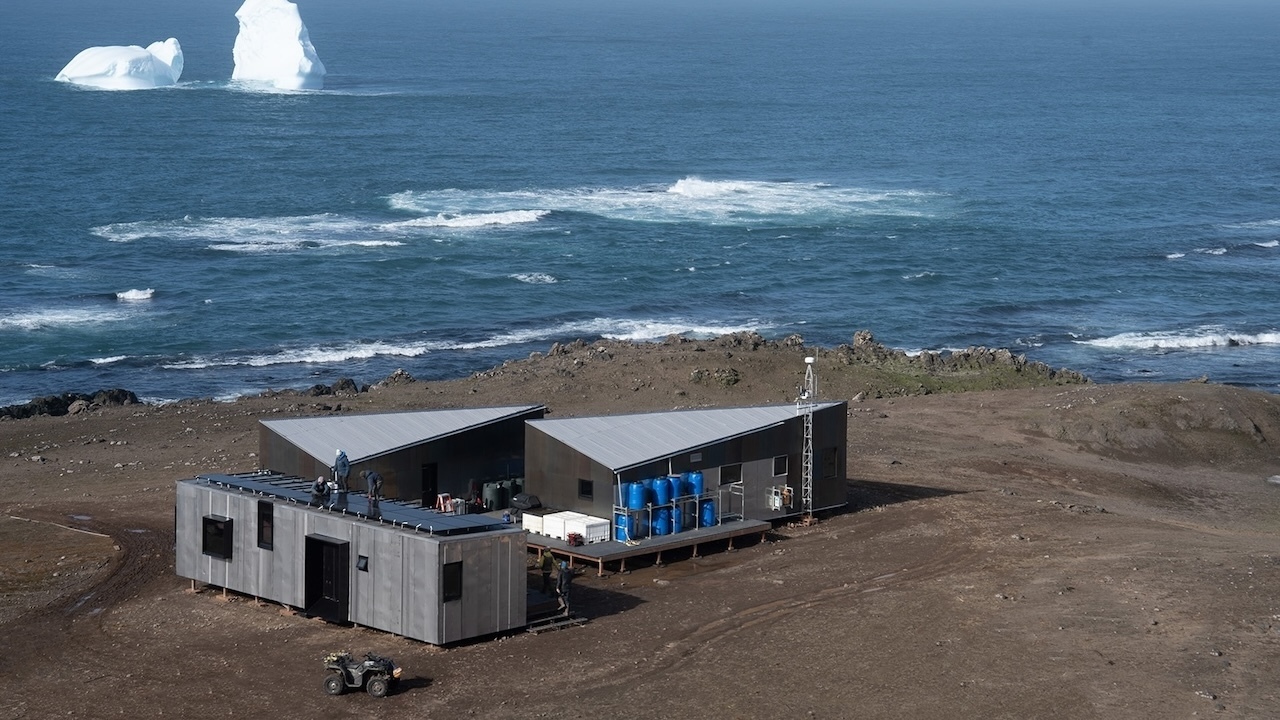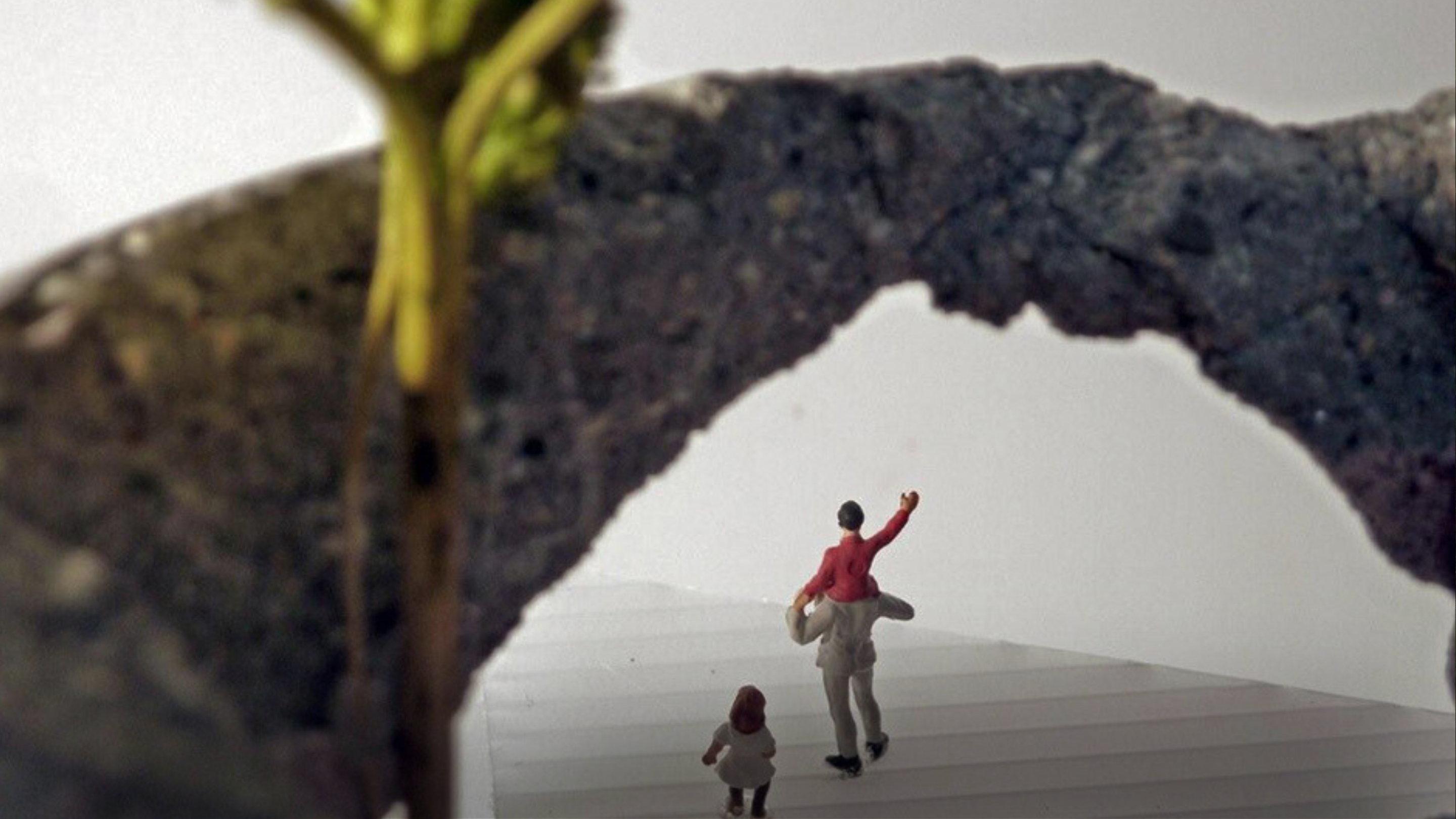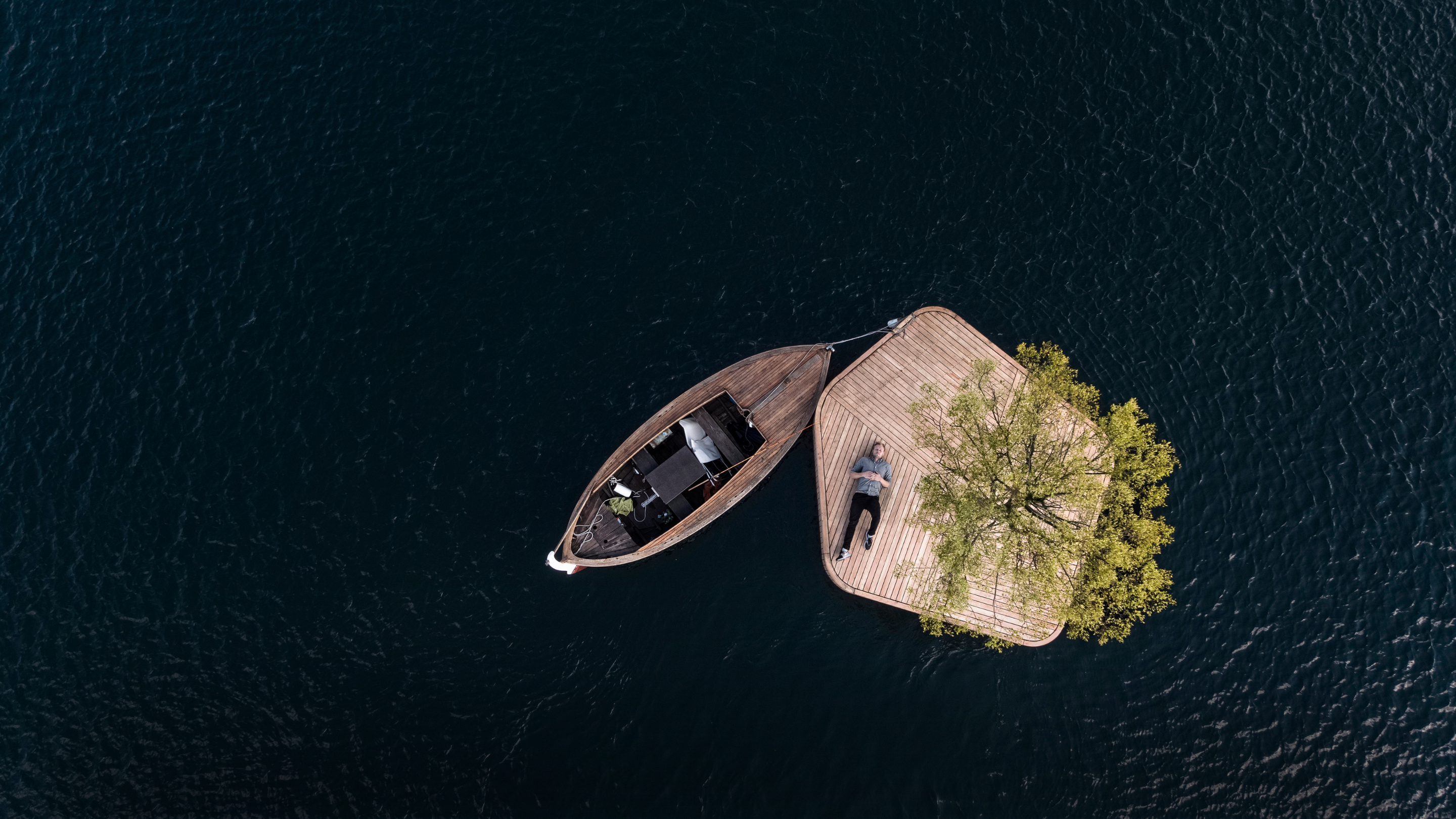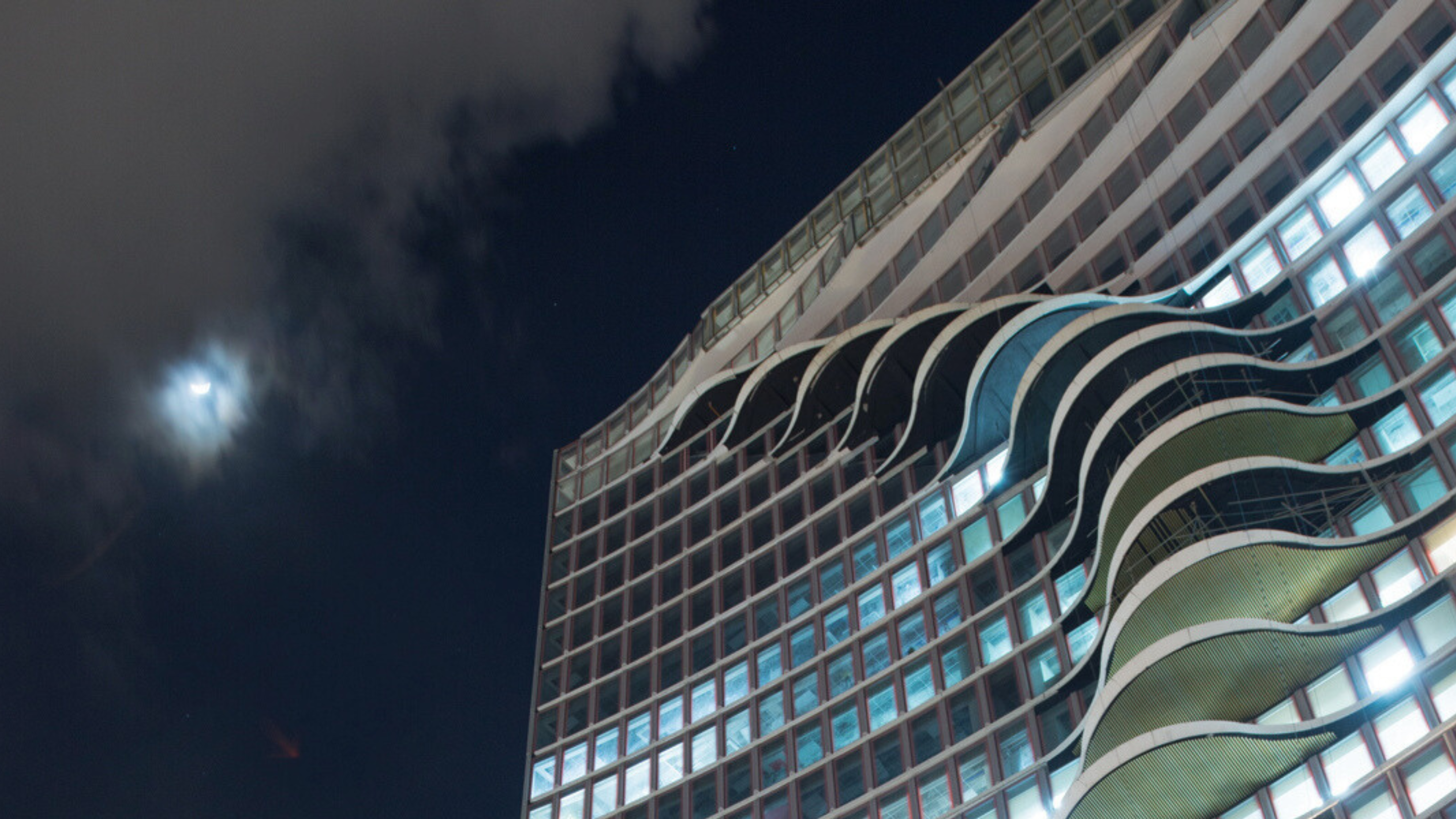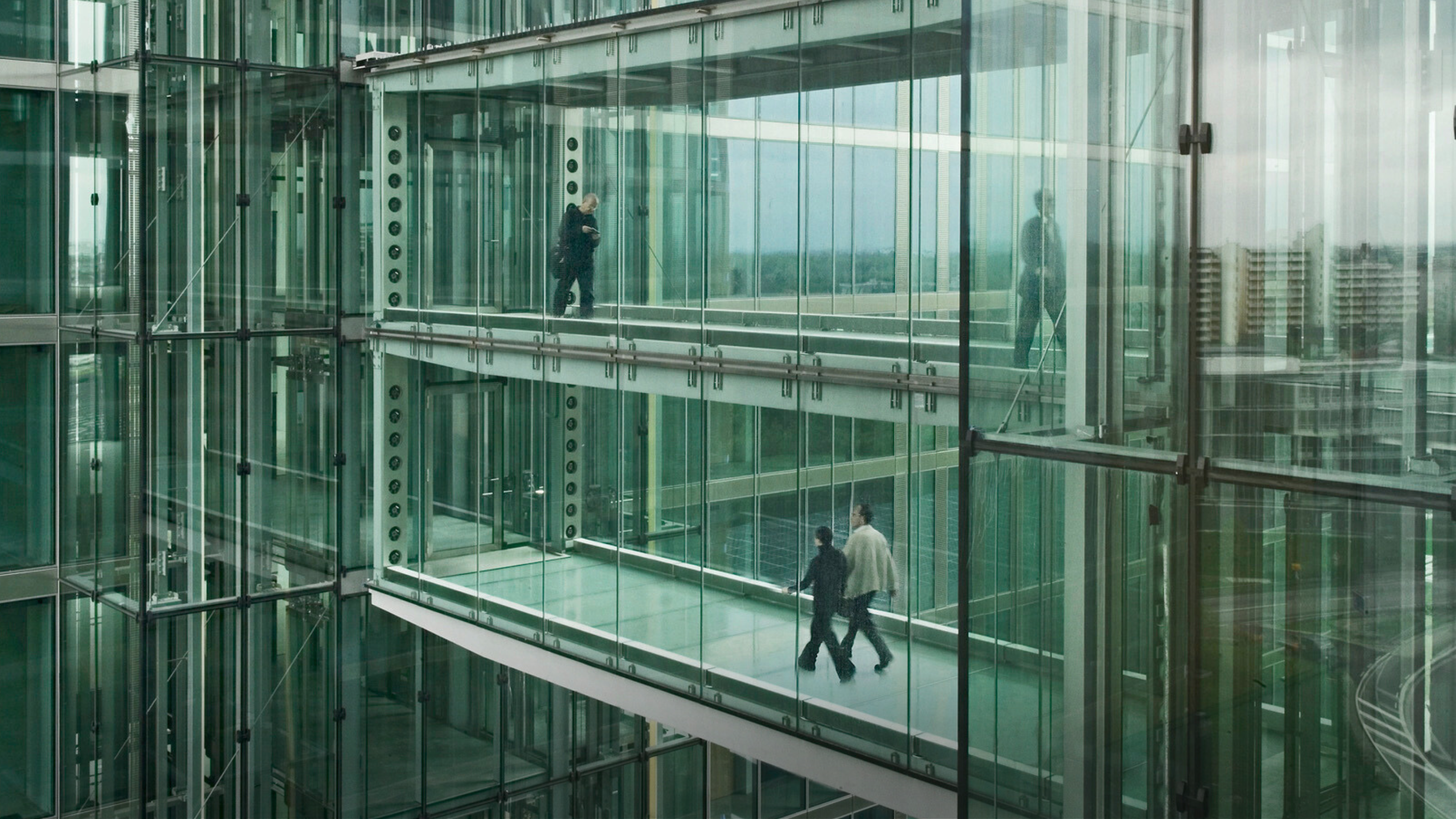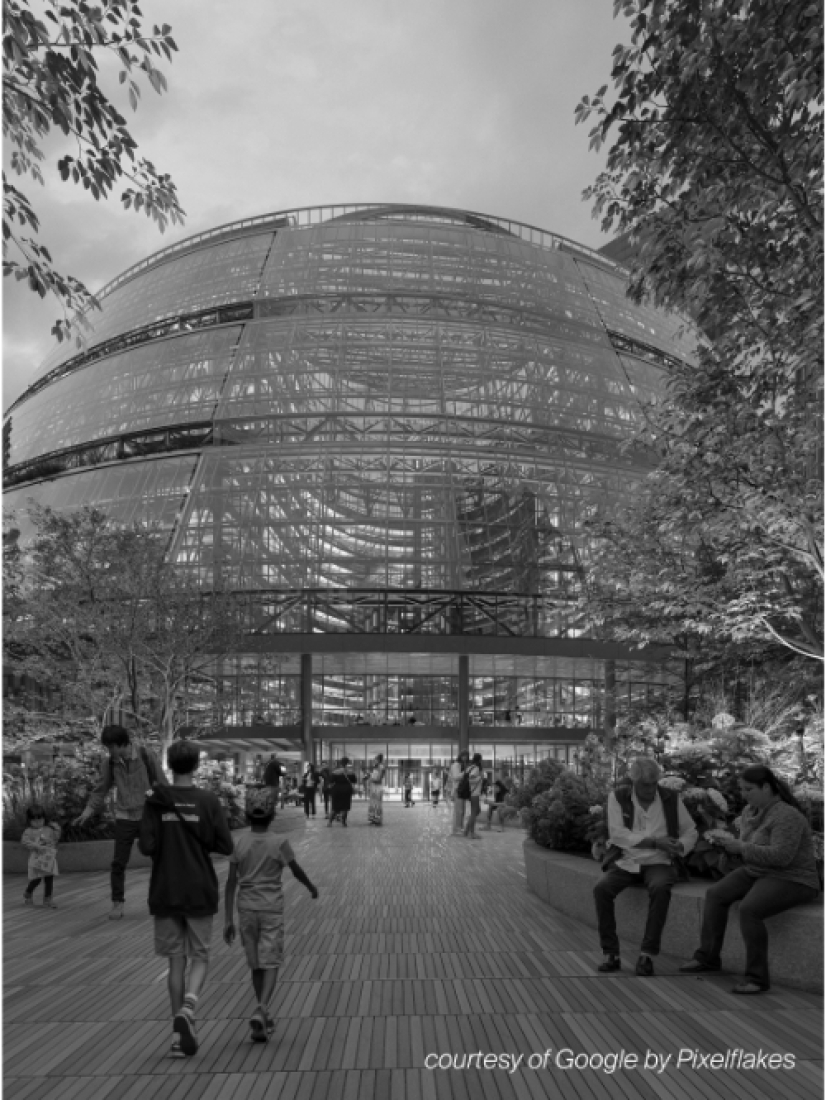5 key facts about this project
The Memorial de la Civilisation engages deeply with the issue of climate change. It is set within a rocky landscape and offers both a memorial and a space for exploration. The design focuses on immersing visitors in the realities of a receding sea of ice, prompting reflection on the environment. The structure serves as a platform for dialogue, addressing urgent ecological challenges in a tangible way.
Material Interaction
A combination of steel, stone, and wood is used thoughtfully throughout the design. Each material is selected for its ability to connect with the surrounding landscape, highlighting the themes of change and fragility. The contrast between these materials creates a rich sensory experience for visitors. They feel the weight of the stone and the coolness of steel, gaining a deeper understanding of the environment's complex state.
Experiential Journey
As visitors enter, they are drawn down long pathways. A roof made of cloth allows melting snow to trickle through and form drops of water. This interaction makes the experience dynamic and alive. Puddles form and vanish beneath metal grids, illustrating the constant shift of water in a warming world. The journey through the structure invites personal discovery, allowing visitors to connect with the message of climate change on a visceral level.
Reflective Elements
The pathway leads to a water mirror that captures the landscape's reflection. This focal point prompts visitors to pause and consider their relationship with the environment. The stillness of the water creates a contrast with the movement of the structure, offering a moment of clarity. As people gaze into the mirror, they see the landscape and recognize their role in its future.
The experience culminates in this reflective water mirror, where the surrounding scenery is both present and refracted. The surface is a reminder that ice no longer holds firm. Here, the relationship between nature and humanity is evident, encouraging visitors to confront the ongoing realities of climate change through a direct and engaging lens.


